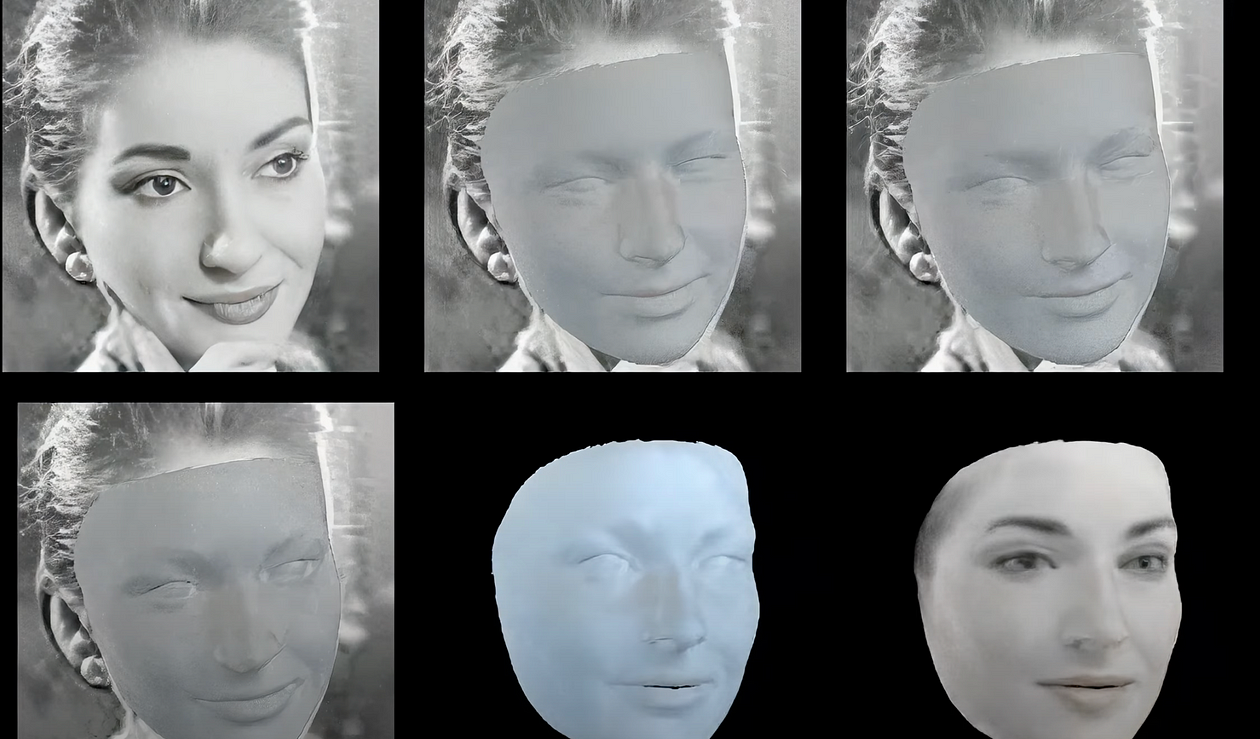And how biometric data leaks pose new threats to cybersecurity

Photo by Alberto Biondi on Unsplash
The Covid-19 pandemic forced humanity into a remote virtual workforce that resulted in higher demand and quicker advancements in technological innovation. In 2022 alone the AI market has grown by 150% and the global AI market is estimated to be valued at US 87.4 billion and will increase to US 1,597.1 billion by 2030.
AI programming focuses on learning, reasoning, and self-correction cognitive functions. Firstly, learning processes gather data and develop rules for converting that data into usable information. Rules are known as algorithms that teach computers how to execute step-by-step tasks. Reasoning processes is an area of AI programming that selects the best method to achieve a given result. And lastly, self-correction procedures constantly fine-tune algorithms to provide accurate results.
AI research allows computers to mimic human-like functioning. These are classified based on how machines compare to human functions. They are categorized as AI or AI-based robots. Functions are based on the following:
- Reactive machines have no memory and are task-specific.
- Limited memory is AI systems that have memories and use previous experience for future decisions.
- Theory of mind is a term used in psychology. This AI has a social intelligence that can comprehend emotions.
- Self-awareness AI has a feeling of self-consciousness and doesn’t exist yet except in science fiction culture. Of course, it won’t be long before this AI superintelligence will play a part in our lives. There are many mental health problems that could be assisted. Think of people suffering from dementia and social isolation.
- Other forms of AI include machine learning which learns to retrieve outcomes and deep learning which uses algorithms that train machines by learning from examples.
- Artificial Neural Networks duplicate the human brain. All neural networks in the brain are linked and this is the reasoning behind deep learning.
Artificial intelligence systems consume a vast amount of data to uncover patterns that forecast future states. Image recognition programs like digital photography learn to recognize and describe details in photographs.
AI can create deepfakes using generative adversarial networks (GANs). A GAN is produced by two AI systems working together. One system creates a copy of an image using new data, and the other system determines if the data is real or fake. Both systems create eerily lifelike images like the Tik Tok videos of Tom Cruise, question our sense of reality, as well as raise security issues.
Facial recognition company D-ID created Deep Nostalgia for MyHeritage and uses GANs to animate photographs. DeepNostalgia creates AI-animated renderings from photographs of human faces. It uses deep learning algorithms to predict missing parts in a photograph, such as teeth and ears and creates an automated sequence of gestures and movements, like smiling, blinking, and head-turning. Re-animation technology is challenging the definition of what a photograph is.
Facial fusion technology poses threats to national security from stolen passport photos. Fraudsters find two similar faces on a database and morph the two images to create a new face. Morphing is dangerous for counterfeiting in the field of biometrics and is created purely by data leaks.
Biometric data is used by businesses and organizations that depend on the tightest security, like banks and nuclear power plants. Any security threat from data leakage has ramifications for everyday people and the safety of mankind. Some countries have banned businesses from refusing services to customers if they don’t want to provide biometric personal data. Only restricting operations with personal data will help prevent leaks and cyber criminals from creating a deep fake identity.
Ginger Liu is the founder of Ginger Media & Entertainment, a Ph.D. Researcher in artificial intelligence and visual arts media, and an author, journalist, artist, and filmmaker. Listen to the Podcast.







